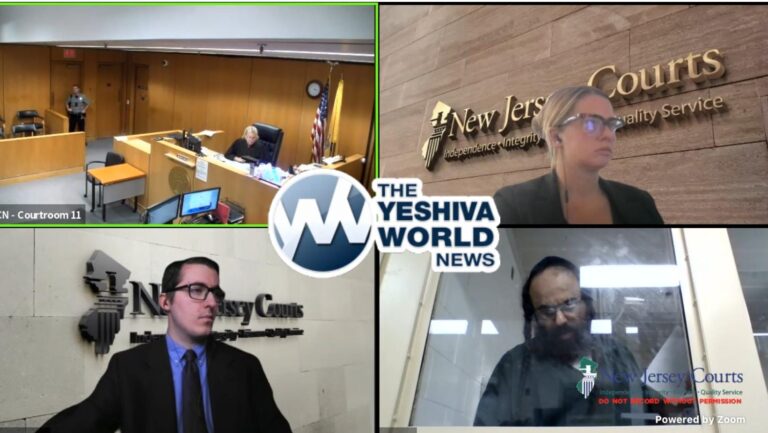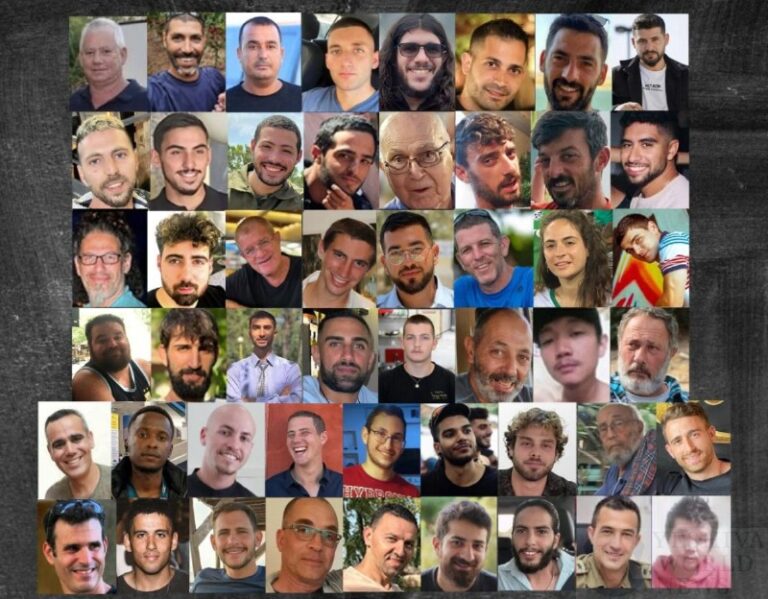Plagiarism occurs when someone uses the words or ideas of another author/researcher or one’s prior works without giving credit where credit is due. Plagiarism is taken very seriously in the academic and intellectual worlds. It can have devastating effects, such as the need to retract a publication or even the author’s reputation. It is a severe issue in academic publications nowadays. It is one of the leading causes of papers being retracted.
Therefore, scholars must learn more about the issue of plagiarism. In some societies, attributing one’s ideas or words to a specific source is not considered academically necessary. Nonetheless, this verification method is mandated by international standards for the conduct of academic research and writing.
This is especially true when it comes to communicating technical knowledge in English and adhering to ethical standards. This might be more difficult for non-native English speakers. The digital era also impacts plagiarism. The internet provides researchers with a wealth of resources, making it simple to gather data and materials from which to copy and paste. We have analyzed the different methods to avoid plagiarism.
Using a plagiarism checker
Some details learned during research stick in a journalist’s thoughts long after the research is complete. News outlets frequently include them, knowingly or unknowingly, in their stories. Before releasing an article to the public. Students, college researchers, and journalists should check plagiarism. According to plagiarism statistics, a plagiarism checker for 1000 words available online can help eliminate accidental instances of plagiarism. Several plagiarism checkers are accessible online. Each of which provides detailed reports detailing the degree of similarity or uniqueness found in the submitted content.
The tools use advanced AI and Machine Learning-powered algorithms to examine data files, raw texts, and written documents. They conduct extensive searches across numerous online resources and databases. They do this to identify plagiarized content. In addition to highlighting passages where plagiarism was used. They also provide citations for instances when it was used. Based on the reports, news outlets can choose to modify or remove them.
Use Paraphrasing tools
The use of paraphrasing tools has significance. Some authors prefer to study and brainstorm their pieces in advance, while others prefer to use previous articles.
The problem is that they could plagiarize without even realizing it. Sometimes news organizations have to spend a long time developing stories about the same things. They use paraphrasing software to get things done quickly and easily.
Having a strategy in place and using the free software to help you compose the news piece can be helpful. No sign-up is required for use.
To paraphrase is to reformat a piece of writing. This is done to fit your writing style and vocabulary without altering the meaning in any significant way. Media organizations that successfully paraphrase do so because they understand the original concept. However, journalists must pay close attention to details to avoid duplicating information.
In no circumstances is plagiarism acceptable. There should not be a reliance on too much knowledge from one source, especially while writing. If media outlets appropriately credit their sources, they are free to use the ideas of others.
Narrating one’s own experiences
Journalists and students aspiring to become journalists should stop copying others’ works. They must start thinking about how they could tell their own stories. They must come up with creative solutions and adhere to standards of integrity in the media. Reporters and editors must always properly credit their sources.
When journalists are pressed to produce pieces on the same issue for multiple publications. They often recycle the same points. Self-plagiarism describes this situation. The measure could damage the credibility of news organizations. Journalists must have faith in their work.
Give Credit Where Credit Is Due
Suppose another reporter finds information that you were unable to obtain. In that case, you are required to provide credit to either that reporter. Or to the news organization that employs that reporter.
Conclusion
Finding relevant information and supporting evidence to strengthen your essay can be difficult. Especially when writing a research paper. Incorporating essential knowledge and drawing on previously established ideas and beliefs are necessary stages. But they must be taken cautiously to avoid plagiarizing. It’s critical to be aware of the various sorts of plagiarism to comprehend how to prevent it.
About Author
Karl Bowman
Karl Bowman is a professional journalist. He has been published in many journals in major Newspapers and publication outlets all over the world.











